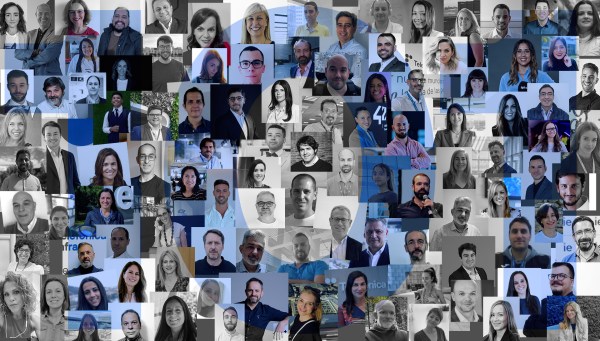From our adult perspective, and even digesting all the advances we have experienced as a society in recent decades, both in terms of technology and education, we “grown-ups” take it for granted that we are increasingly distant from the values, tastes, interests and hobbies of our young people, because they are different from those we had at their age.
Nothing escapes: games, fashions, the way we relate to our friends, parents and teachers, our diet, our hobbies…
I think of literature, of books
I look, with some horror, at the “Bestsellers” shelves of the youth sections in the main bookshops. They are full of books with thunderous covers and sashes referring to the latest video game youtuber, who makes his incursion (or intrusion?) into big publishing houses, inaccessible to the rest of us mortals, with no literary endorsement other than his stratospheric number of followers on networks.
It is clear that these books have their target audience, their niche market, technically speaking, which I am not in and, in case I hadn’t noticed, they are shouting at me from those shelves: “Madam, this reading is not for you!”, at the same time that they are irremediably capturing my son.
Should this be the case, should adults be excluded from young adult novels, and could parents and children share reading and enjoy it equally?
Many of you will think that this bias is natural and unavoidable: we are different and we like different stories.
OK, you’re partly right, but what if I told you that it doesn’t have to be like that? What if I told you that we older people can also enjoy reading that children and young people like without feeling impostured or out of place?
It may not be clear to you a priori, but let’s see if the following sentence, of my own making, manages to explain myself and convince you.
In every child there is an awakening adult and in every adult there is a sleeping child
We are not so different, we are not so far apart, we just have to look for the intersection, that middle ground where we coincide, and once there, leave prejudices behind and be open to stepping out of the commercially established.
Some argue that the height of the text should be at the height of the reader, literally speaking.
It is clear that, if we want to reach young people, we cannot offer them dense and slow texts, nor use erudite or bombastic language, but neither do we need to write in a “reguetón” style, or limit ourselves to “mi mamá me mima” (allow me to exaggerate, as I am Andalusian).
Please do not underestimate them. They are children, but they are capable of reading a language with a certain degree of linguistic ambition and having fun while learning.
Conversely, if a reader is an adult, this does not mean that he or she only wants to read historical novels, romantic novels, dramas or self-help books of over 300 pages. They may just want a bit of escapism and entertainment. An adult can also enjoy adventure and fiction, get hooked on a fast-paced story and light books. I can tell you this first hand, as Roald Dahl and Jane Austen live in harmony on my bedside table.
Good stories are ageless and I am convinced that intergenerational literature is possible as well as necessary. Remember that in the end we will all be children again.










